From a real time signal adquisition, I'm getting 8400 points and I need to graph them. My problem is that there is a lot of noise in the data, Is there an alghorythm that reduce the noise? I need to know how many "plateaus" are there?

to something like: figures
